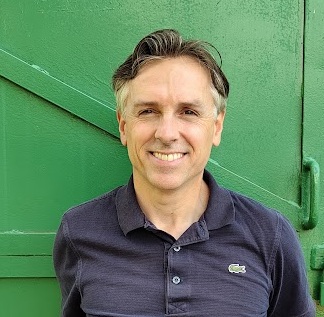MANILA, PHILIPPINES (8 July 2025) – Today, Malaria No More (MNM) and the Health Finance Coalition (HFC) CEO Martin Edlund issued the following statement upon the signing of a new Memorandum of Understanding (MoU) with the Asian Development Bank (ADB). Signed during the INSPIRE Health Forum’s Partnership Night in Manila, the agreement marks the start of a joint venture between ADB, MNM, and HFC under the Ending Complex and Challenging Infectious and Tropical Diseases (ExCITD) platform. The initiative aims to mobilize financing to help Asia-Pacific countries with the highest burdens of malaria, tuberculosis and dengue scale innovation and accelerate disease elimination.
We are honored to be on this journey with the Asian Development Bank as, together, we work to unlock much-needed catalytic capital financing for climate-sensitive diseases, starting with malaria and dengue. Across Asia and the Pacific, countries are facing a deadly resurgence of these diseases – driven by climate change and disruption to health systems. But the pipeline has never been stronger: Wolbachia, next-gen diagnostics and vaccines for dengue; dual-AI bed nets, malaria vaccines, and real-time surveillance for malaria.
This is more than a fight against disease—it is a chance to position Asia and the Pacific as a global hub for health innovation and manufacturing—closing financing gaps, building capacity, and enabling climate-resilient health systems. Now, countries need to scale what works.
###


